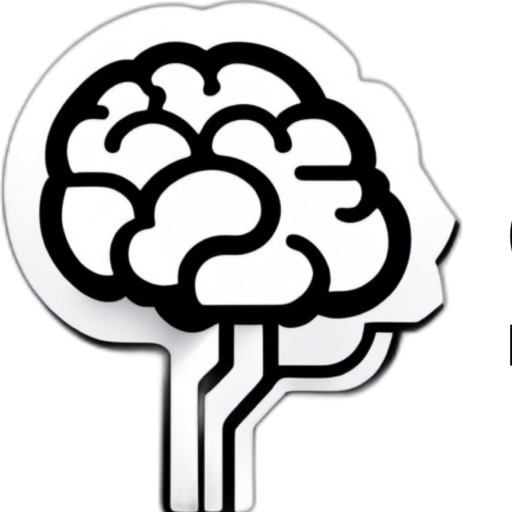Introduction
Why am I writing this article “Crazy Back Pain Relief Health Ideas” When I was 19 years old I was involved in a car accident that will change my life.
At a stop light a 17 year old girl with her boyfriend driving where driving over 80 mph and hit me at a stop light from the rear accelerating.
After seeing 7 Doctors, non of them wanted help with therapy because of the degree of injury, all did offer me pain killers for the pain 🙁
2 of 7 Doctors wanted to do surgery on my back but warned me that I had a 75% of being paralyzed and wouldn’t same after surgery.
If the surgery didn’t work out, I would spend the rest of my life on a wheelchair.
I knew that I was in big trouble, I didn’t want to take pain killers for the rest of my life.
It was not looking good so I started to pray and that’s when I received a phone call from my Lawyer.
Lawyer: Eric I found a Doctor that wants to help you, but don’t take it there is nothing else I can do for you.
No words can explain how happy I was!
For 2 years I did therapy, the first year I went 4 times per week and the second year I went 2 per week.
Even though the Doctor told me I would be paralyzed before 37.
I’m 47 now and able to walk, run, and pick up heavy weight so yes there is hope!
What Type Of Back Injury Do You Have?
Back pain is a common ailment that can be caused by various factors such as poor posture, muscle strain, or underlying medical conditions.
It can range from mild discomfort to severe pain, affecting our daily activities and overall well-being.
In this article, we will explore effective ways to relieve back pain and introduce five exercises that can help straighten the back and alleviate discomfort.
1. Maintain Good Posture
One of the key factors in preventing and relieving back pain is maintaining good posture.
Poor posture puts unnecessary stress on the spine and surrounding muscles, leading to pain and discomfort.
To improve your posture:
- Sit and stand up straight, keeping your shoulders back and relaxed.
- Use an ergonomic chair or cushion that supports the natural curve of your spine.
- Adjust your computer screen to eye level to avoid straining your neck and back.
- Avoid slouching or hunching over when sitting or standing for long periods.
2. Stretch and Strengthen Core Muscles
Strengthening and stretching the core muscles can provide support to the spine and alleviate back pain.
Here are two exercises that can help:
a) Plank
The plank exercise targets the core muscles, including the abdominal, back, and shoulder muscles. To perform the plank:
- Start by getting into a push-up position, with your hands directly under your shoulders.
- Engage your core muscles and hold the position for 30 seconds to 1 minute, or as long as you can maintain proper form.
- Keep your body in a straight line from head to toe, avoiding sagging or lifting your hips too high.
- Repeat for 3 sets.
b) Cat-Camel Stretch
The cat-camel stretch helps to improve flexibility and relieve tension in the back. To perform this stretch:
- Start on your hands and knees, with your hands directly under your shoulders and knees under your hips.
- Arch your back upward, tucking your chin towards your chest and rounding your spine like a cat.
- Hold the position for a few seconds, then lower your back and lift your head, extending your spine like a camel.
- Repeat this movement for 10-15 repetitions.
3. Practice Low-Impact Aerobic Exercises
Engaging in low-impact aerobic exercises can improve blood flow, strengthen muscles, and promote overall fitness without putting excessive strain on the back.
Some beneficial exercises include:
- Walking: A brisk walk can help improve cardiovascular health and strengthen the muscles supporting the spine.
- Swimming: Swimming is a great low-impact exercise that engages the entire body, providing a gentle workout for the back muscles.
- Cycling: Cycling on a stationary bike or outdoors can help improve flexibility and strengthen the lower back muscles.
4. Use Heat and Cold Therapy
Applying heat or cold therapy can help alleviate back pain and reduce inflammation. Here’s how to use them:
- Heat therapy: Apply a heating pad or hot water bottle to the affected area for 15-20 minutes. The heat helps to relax muscles and increase blood flow, providing relief from pain.
- Cold therapy: Use an ice pack wrapped in a towel and apply it to the painful area for 10-15 minutes. The cold temperature helps to numb the area and reduce inflammation.
- Alternate between heat and cold therapy for maximum benefits.
5. The Magnetic Pulser

The Magnetic Pulser is one tool that’s a game changer.
The first time I used this instrument I fell in love with it.
Here are some benefits of the device (Click Here For The Magnetic Pulser)
- Has an analgesic and anti-inflammatory effect;
- Improves microcirculatory processes and local blood circulation, contributing to the resolution of inflammatory and traumatic edema and the restoration of damaged tissues;
- Has a beneficial effect on the central nervous system, improving general condition, sleep and reducing irritability;
- Strengthens the human immune system.
Seek Professional Help
If your back pain persists or worsens despite trying self-care measures, it is important to seek professional help.
A healthcare provider, such as a chiropractor or physical therapist, can assess your condition and provide personalized treatment options.
Conclusion
Back pain can significantly impact our quality of life, but with the right approach, it is possible to find relief and improve our overall back health.
By maintaining good posture, stretching and strengthening core muscles, practicing low-impact aerobic exercises, using heat and cold therapy, and seeking professional help when needed, we can take proactive steps towards a healthier and pain-free back.



Leave a Reply